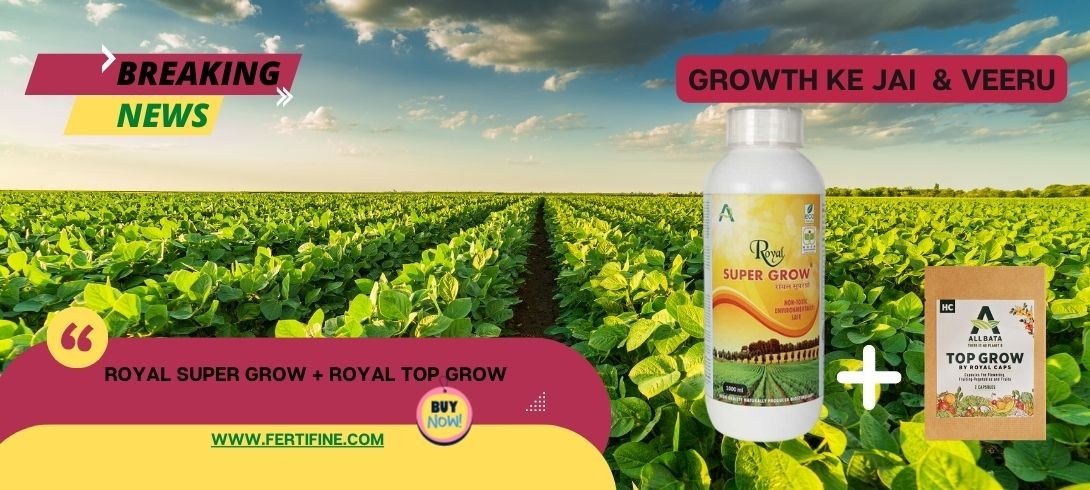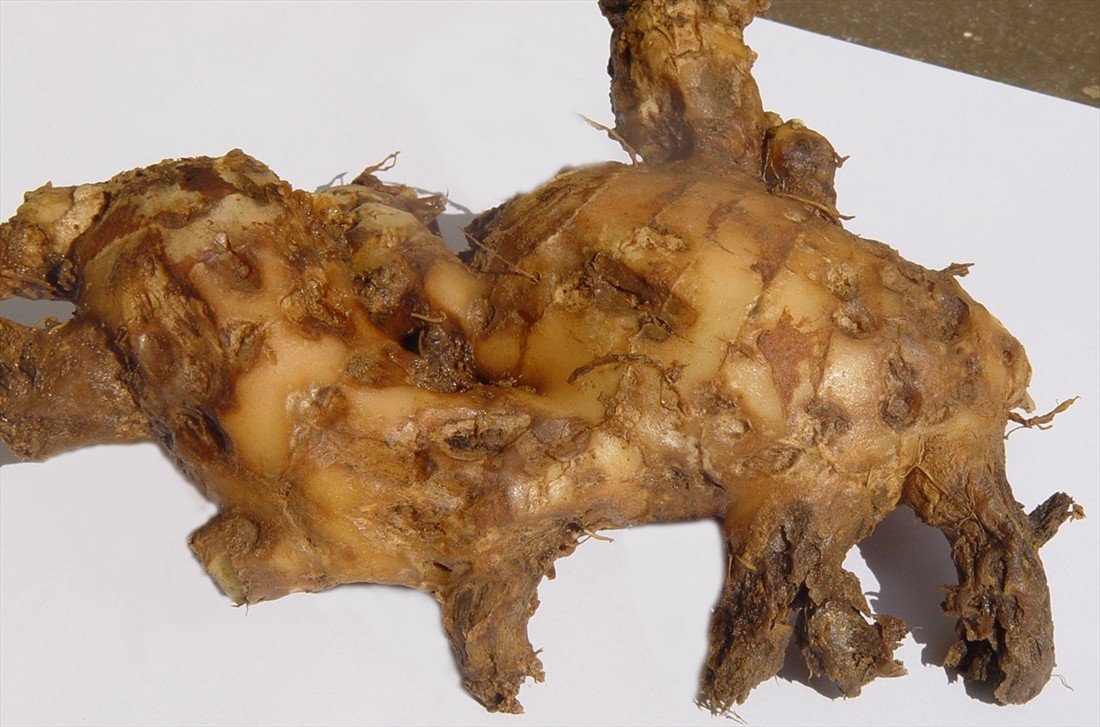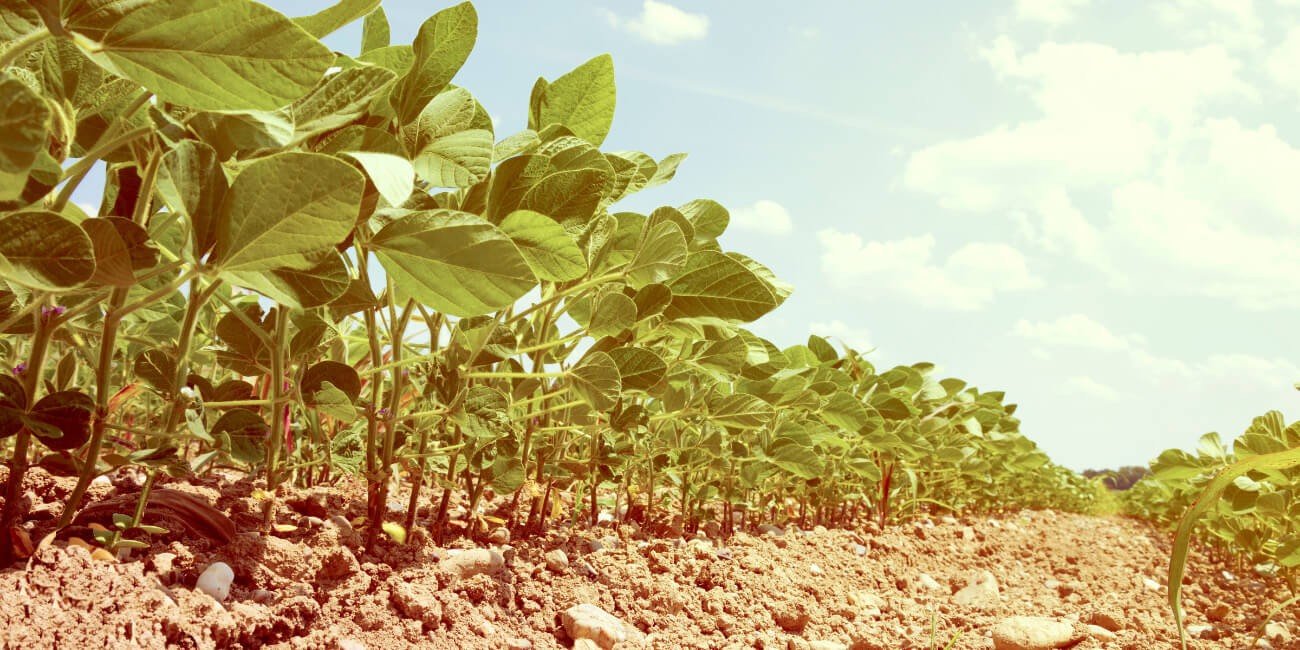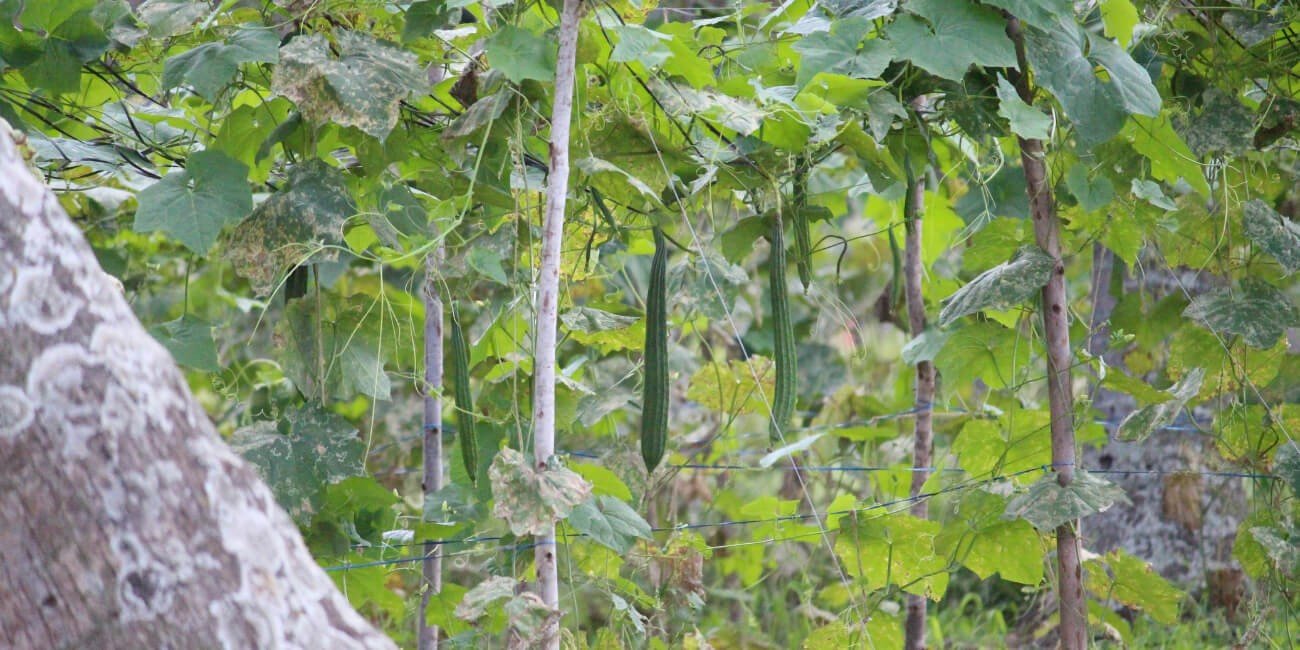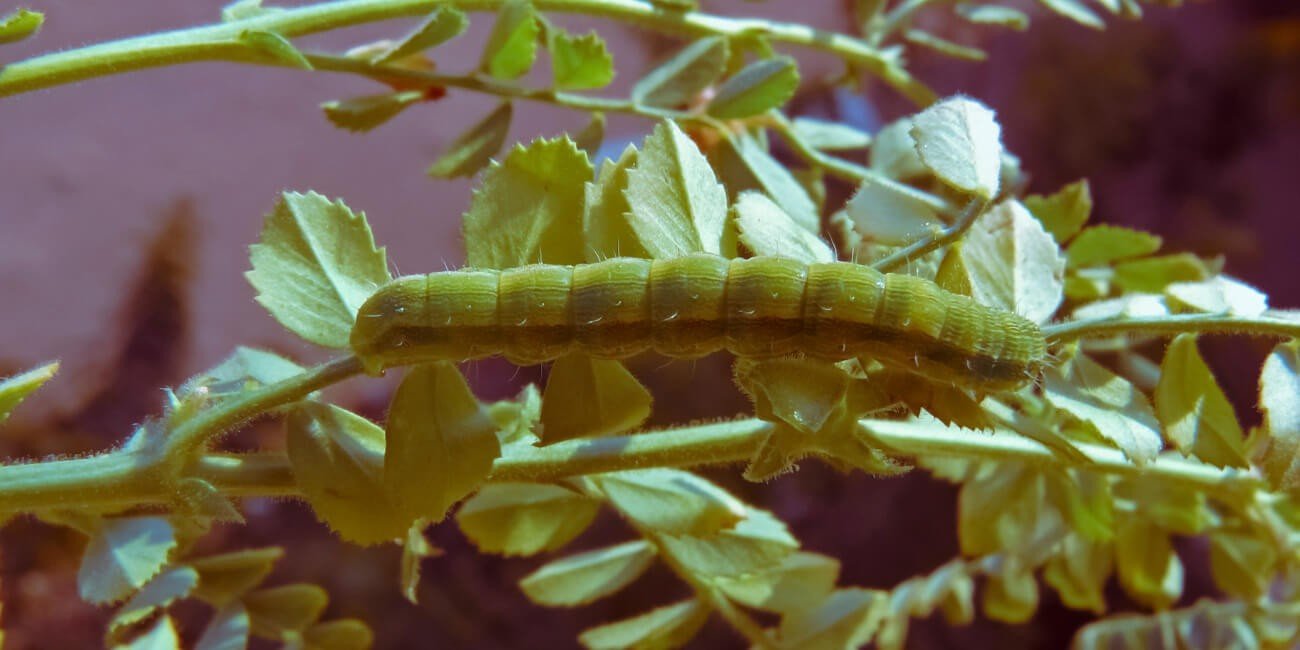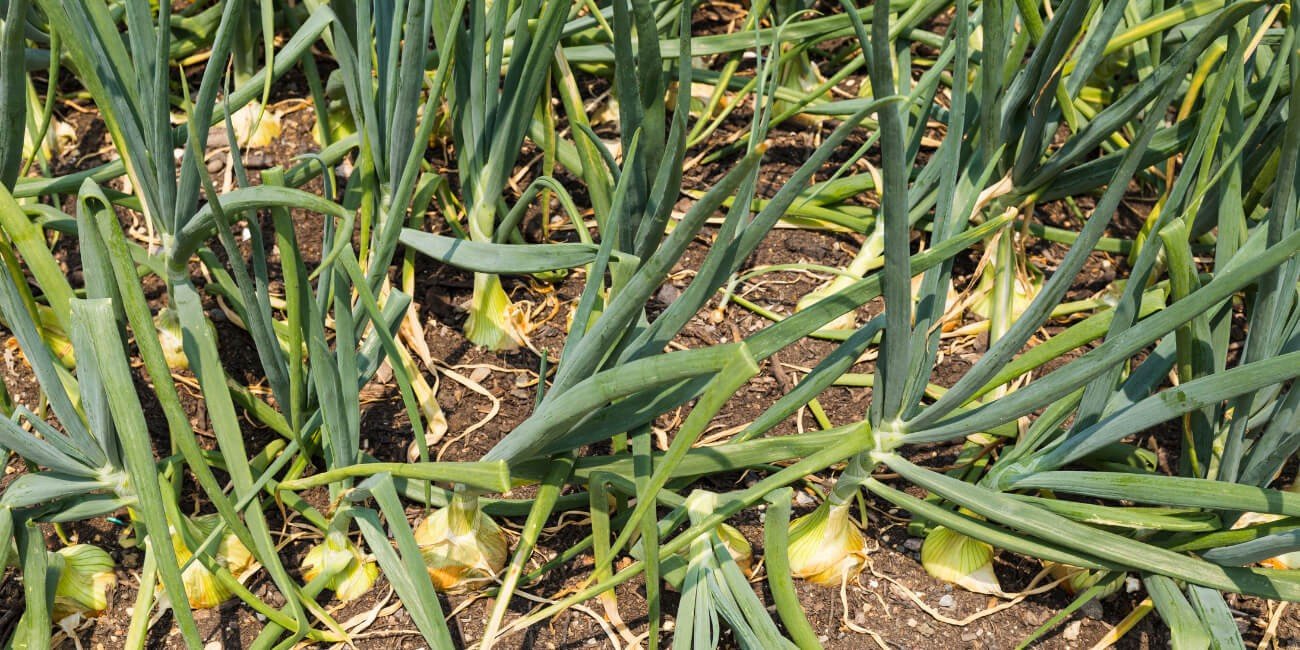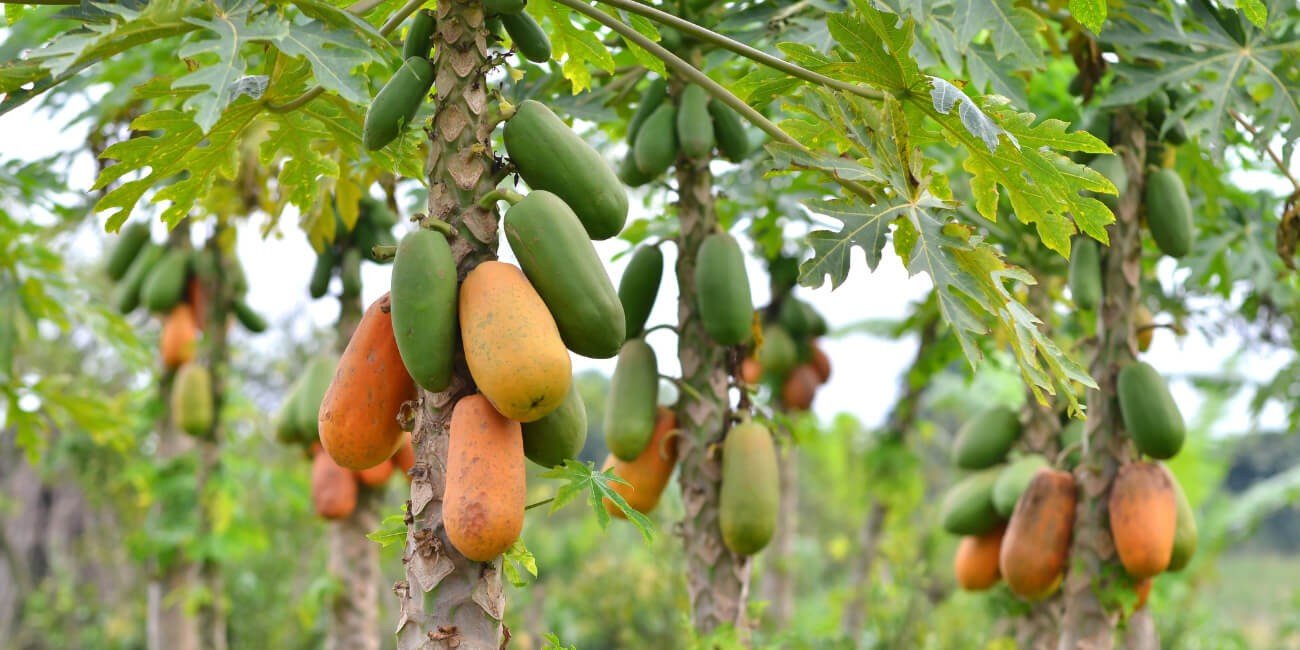Pomegranate Flowering and Pollination: A Comprehensive Guide
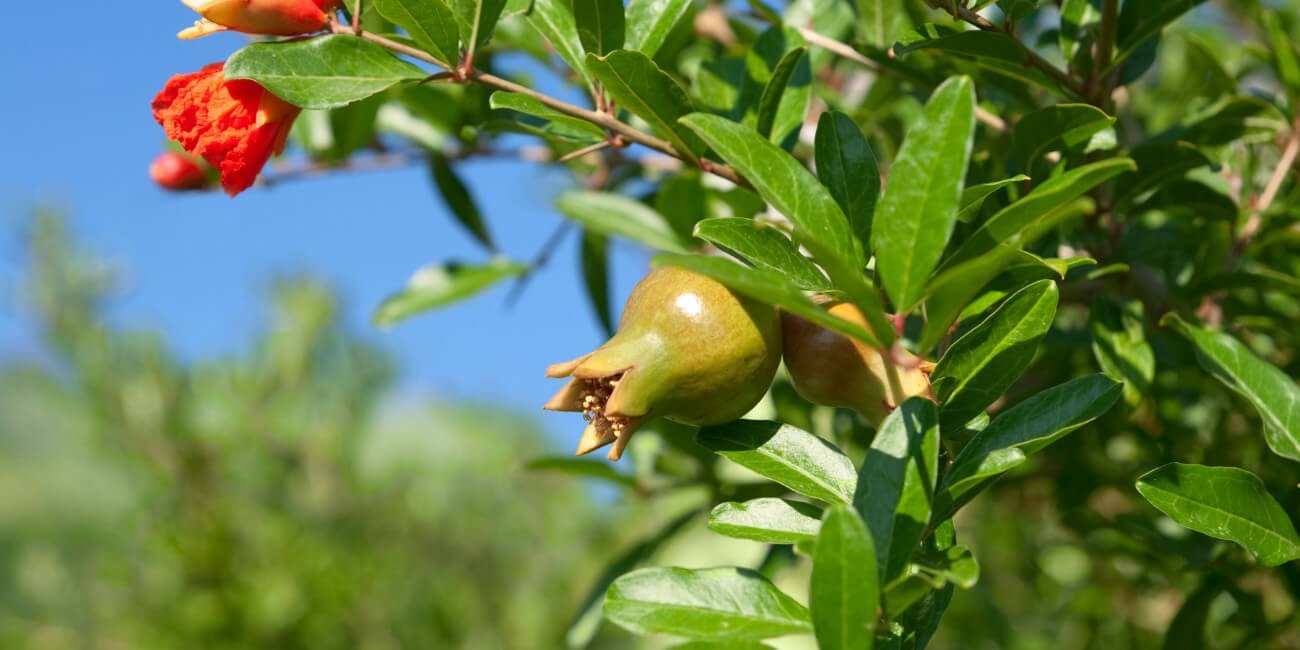
Pomegranate
Flowering and Pollination: A Comprehensive Guide
Pomegranate flowering and pollination is an interesting
process that most people are unaware of. This guide will outline the basics of
pomegranate flowering and pollination so that you can better understand how
this process works.

Pomegranate Pollination Requirements
Pomegranates require pollen to be transferred between two
compatible flowers in order to set and produce fruit. The pomegranate flower
has both male and female parts, however, only self-pollination will occur, i.e.
the pollen from the anther will be transferred to the stigma of the same
flower.
Though, self-pollination is possible it would not yield
fruit with desirable qualities. To get good quality fruit, it is important to
have cross pollination between pomegranate flowers of different cultivars.
Under ideal conditions, cross-pollination between flowers
from different cultivars can occur naturally, with pollination being carried
out by insects. However, this may not be sufficient for yield improvement, in
this case, We recommend to use Fertifine - Fruiting and Flowering kit Stimulate
growth and reduce flower dropping Uniform Sprouting, Uniform Development, and
Prevent late maturing plant. https://fertifine.com
1.
What is pomegranate flowering and pollination?
Pomegranate flowering and pollination is a process where
pomegranate flowers must be pollinated in order for fruit to be produced. The
pomegranate flower has both male and female parts, therefore it does not always
require an outside source for pollination. It can self-pollinate with Fertifine
:- Royal Black lagoon, however for the best quality fruit cross-pollination
between different cultivars is recommend.
Cross-pollination is something that can either occur naturally or by hand. Natural pollination is typically done by bees or other flying insects which transfer the pollen between the flowers. If natural pollination isn't sufficient to yield desirable quality fruit, use of Fertifine :- Royal Black lagoon is recommended.
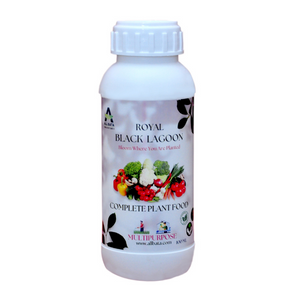
2.
Why is pomegranate flowering and pollination important?
Pomegranate flowering and pollination is important for a
variety of reasons. One of the most important reasons is that if pollination
doesn't occur, then no fruit can be produced. Proper pollination will result in
larger fruit and a higher yield. Furthermore, pollination helps to ensure that
the desired fruit characteristics that one seeks to obtain will be achieved.
For instance, one can pollinate favorable traits with one another, such as
pollinating cultivars with desired fruit sizes, shapes, and colors.
In addition, pollinated flowers will produce larger, juicer,
and higher quality fruit versus non-pollinated flowers which typically produce
small, dry, and poor quality fruit. Cross-pollination is beneficial to the
growth and production of pomegranate plants, as it widens the genetic pool and
adds diversity to the plants, which makes them more resistant to potential
diseases and pests.
3.
What are the benefits of pomegranate flowering and pollination?
Pollination helps to ensure that desirable traits of
pomegranate fruits are achieved. As mentioned previously, pollinating favorable
traits with one another will result in larger, juicer, and higher quality
fruits. Cross-pollination helps to widen the genetic pool, which makes the
plants more resistant to potential diseases and pests.
The benefits of pomegranate flowering and pollination extend
to the climate as well. Their pollination service helps to protect the
environment and conserve resources, enhancing crop production and diversity,
and ensuring food security. As they pollenate crops they act as a natural
pollinator and help other flora, similar to honeybees. Furthermore, their
active pollination improves the fertility of soils and helps to reduce water
run-off and erosion.
For the farmers, pomegranate flowering and pollination are
essential for the sustainable production of better quality pomegranates. They
help the farmers increase their yields, use them for selling and making money.
Furthermore, it helps to reduce the cost of chemical fertilizers and pesticides
that many farmers use in order to boost their yield. We recommend to use
Fertifine - Fruiting and Flowering kit Stimulate growth and reduce flower
dropping Uniform Sprouting, Uniform Development, and Prevent late maturing
plant. https://fertifine.com
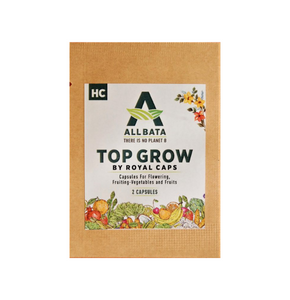
4.
How does pomegranate flowering and pollination work?
Pomegranate flowering and pollination is a complicated
process. The flowering of pomegranates occurs in the spring from February to
April, and includes both male and female plants that produce flowers. These
flowers strive for pollination, and for successful pollination, both plants
must be of the same variety and blossom at the same time.
In the pomegranate plant, flowers are adapted for
cross-pollination. Pollination is accomplished cross-pollination through the
help of certain insects, typically bees. The bees visit the plants and collect
nectar from the flowers' male and female organs. On the flowers of another
plant, they transfer the pollen they have collected onto the female organs,
thus completing the pollination process.
The result of successful pollination is the development of pomegranate fruits. The pollinated flowers are the first step in the process, which leads to the formation and eventual harvesting of sweet, delicious fruits.

Pomegranate flowering and pollination has many challenges
associated with it. The main challenge is that both plants need to be the same
variety and their flowering period must be the same time in order for
pollination to occur. For orchardists, this means they have to be a bit more
careful when planting pomegranates to ensure that the plants blossom in sync.
Other challenges include the need for certain insects such
as bees to aid in the process of pollination, as well as weather conditions
such as temperature, humidity and winds, which can alter the duration of the
blossom period and may even prevent the plants from flowering completely.
Additionally, the delicate nature of the flowers means that too much handling,
such as when the farmer is trying to collect the pollen, can damage them. All
these factors can have a huge impact on the successful pollination and
therefore the production of pomegranate fruits. We recommend to use Fertifine -
Fruiting and Flowering kit Stimulate growth and reduce flower dropping Uniform
Sprouting, Uniform Development, and Prevent late maturing plant. https://fertifine.com
Recent Posts

